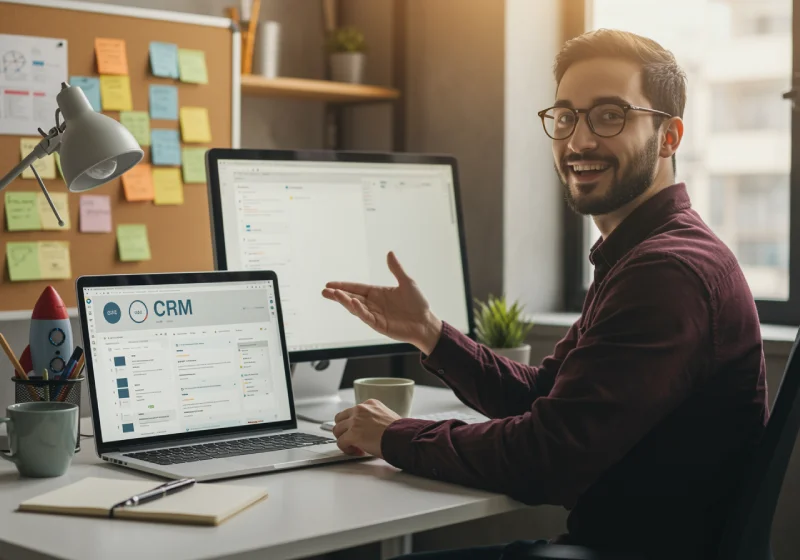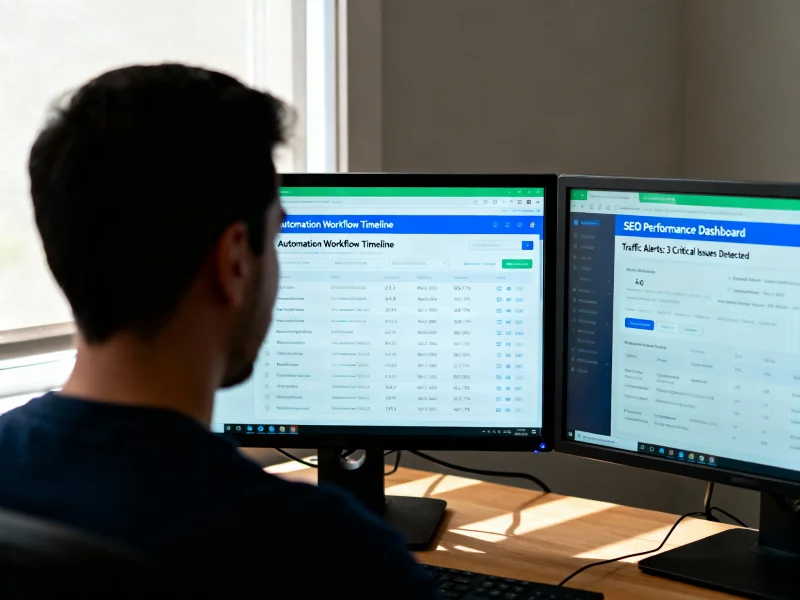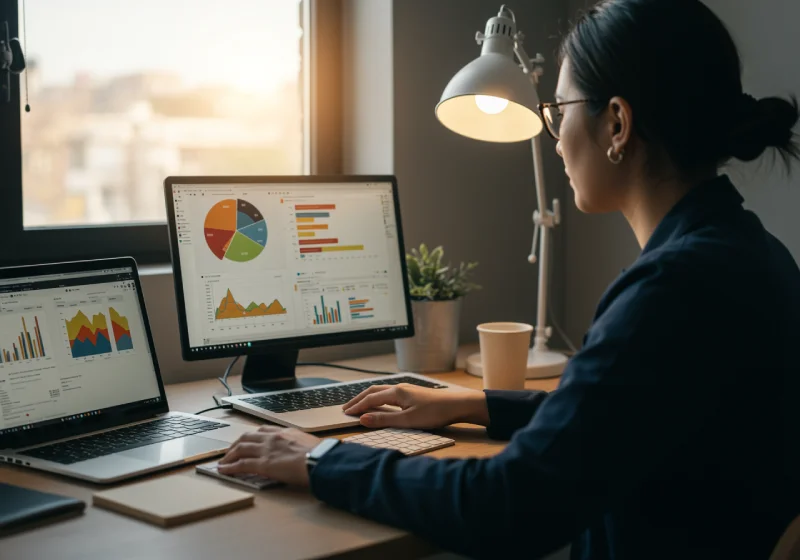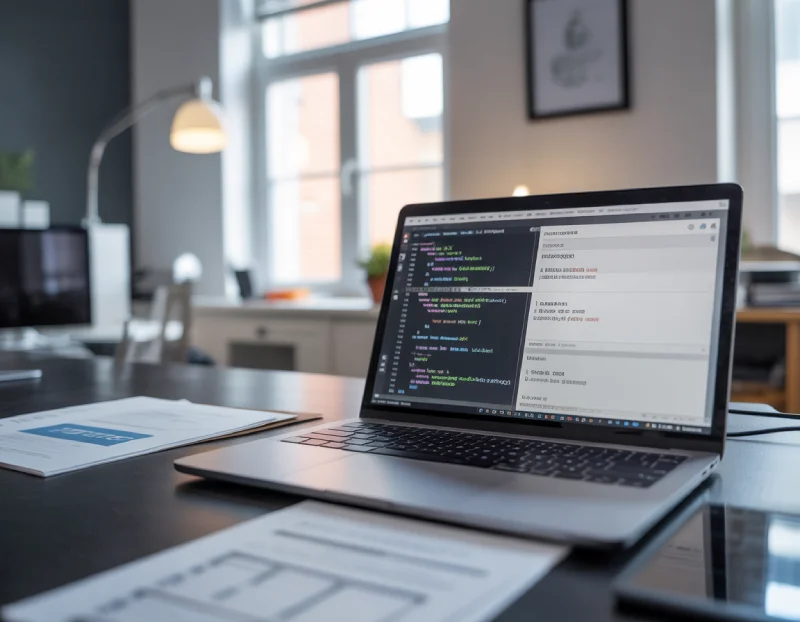Mastering Local SEO: Driving Foot Traffic to Brick-and-Mortar Stores (Local SEO, Location-based marketing)
Are you a brick-and-mortar store owner looking to drive more foot traffic to your location? Look no further than mastering local SEO and location-based marketing tactics. By optimizing your online presence for local search, you can improve your visibility in search engine results and attract nearby customers who are searching for products or services like yours.
In this article, we will dive into the world of local SEO and provide actionable strategies for improving your online presence. From understanding the importance of Google My Business listings to utilizing location-based keywords in your content, we will cover all the essential elements of a strong local SEO strategy. We will also explore creative ways to leverage location-based marketing tactics, such as geotargeting and mobile advertising, to reach even more potential customers in your area. So get ready to master the art of driving foot traffic to your brick-and-mortar store with our guide on mastering local SEO and location-based marketing.
Understanding Local SEO
You’ll need to understand local SEO if you want to attract nearby customers and increase foot traffic to your store. Local SEO refers to the process of optimizing your website and online presence for local search results. When people search for businesses or services near their location, Google will display a list of relevant results based on factors such as proximity, relevance, and prominence.
To improve your business’s local SEO, you must ensure your website is optimized for local keywords and phrases related to your industry, such as ‘best coffee shops in downtown area’ or ‘top-rated pizza place in [city name].’ Additionally, you’ll want to make sure that your Google My Business listing is up-to-date with accurate information about your business hours, address, phone number, reviews from customers, and other details. By implementing these tactics effectively and consistently over time, you can improve your visibility in local search results and drive more foot traffic into your physical store.
As you start creating a local SEO strategy for your business, remember that it’s important to focus on providing value to potential customers through high-quality content and exceptional customer service. By doing so, you’ll establish trust with them before they even set foot in your store.
Creating a Local SEO Strategy
When creating a plan for boosting visibility in your community, it’s essential to focus on specific keywords and phrases that will resonate with potential customers. Start by researching what terms people are searching for when looking for businesses like yours. Use tools like Google Keyword Planner or Moz Local to discover what words and phrases people use in your area. Once you have a list of relevant keywords, incorporate them into your website copy, meta descriptions, and blog posts. This will help search engines understand what your business is about and improve your chances of appearing at the top of local search results.
To really connect with potential customers, consider incorporating emotional appeals into your local SEO strategy. Here are some ideas:
- Create content that tells stories about how your business has helped others in the community.
- Highlight the unique aspects of your business that make it stand out from competitors.
- Use language that evokes feelings of trust, comfort, or excitement.
By focusing on targeted keywords and incorporating emotional appeals into your local SEO strategy, you can improve visibility in your community and attract more foot traffic to your brick-and-mortar store. In the next section, we’ll explore location-based marketing tactics you can use to take things even further.
Location-Based Marketing Tactics
Get ready to take your community outreach to the next level with location-based marketing tactics. These strategies allow you to target specific areas and connect with potential customers personally. One effective tactic is geofencing, which uses GPS technology to create a virtual boundary around a physical location. When someone enters or exits this boundary, they receive a notification or ad on their mobile device.
Another tactic is beacon technology, which involves placing small devices in physical locations that send push notifications directly to nearby smartphones. This can be especially useful for businesses that want to promote sales or discounts in real time. Using these location-based marketing tactics, you can reach potential customers at the right time and place, increasing foot traffic and driving more sales.
Transitioning into the subsequent section about measuring success, it’s important to track the effectiveness of your location-based marketing efforts. By analyzing metrics such as click-through rates and conversion rates, you can determine which tactics are working best for your business and make adjustments accordingly.
Measuring Success
Measuring the success of your marketing campaigns is essential to understanding which strategies are most effective and maximizing your ROI. One way to do this is by tracking key performance indicators (KPIs) such as website traffic, click-through rates, conversion rates, and foot traffic. By analyzing these metrics, you can see which tactics are driving the most engagement and sales.
Another important aspect of measuring success in location-based marketing is monitoring your online reviews and reputation. Reviews on platforms like Yelp or Google My Business can greatly impact whether or not potential customers choose to visit your store. Keeping track of your ratings and responding promptly to any negative feedback can help improve customer satisfaction and drive more foot traffic. Remember that while it’s important to measure success, it’s equally important to continually adapt and optimize your strategies to stay ahead in a highly competitive market.
Staying Ahead in a Competitive Market
If you want to stay ahead in a competitive market, you need to adapt to changes in local search algorithms. This means keeping up with the latest developments and adjusting your strategy accordingly. It also means continuously improving and refining your approach to better emphasize the unique benefits of brick-and-mortar shopping over online alternatives. By doing so, you’ll be able to drive more foot traffic to your store and grow your business over time.
Adapting to changes in local search algorithms
Adapting to changes in local search algorithms can be a challenging task, but you must stay up-to-date with the latest updates to ensure your brick-and-mortar store is visible in local search results. As search engines continue to evolve, their algorithms change as well. This means that if you want your store to be found by potential customers online, you need to keep up with these changes.
One way to adapt is by optimizing your website for local searches. This includes updating your website’s meta descriptions and title tags with relevant keywords and ensuring that all of your business information (such as name, address, and phone number) is consistent across all online directories and platforms. Additionally, regularly posting fresh content on your website can also help improve its visibility in local searches. By making these adjustments, you’ll increase the likelihood of appearing at the top of search engine results pages when someone searches for businesses like yours in their area.
As you work on adapting to these changes in local search algorithms, it’s important not to forget about continuously improving and refining your strategy. By tracking metrics such as website traffic and conversion rates, analyzing customer feedback, and staying abreast of industry trends and best practices, you can fine-tune your approach over time and stay ahead of the competition.
Continuously improving and refining your strategy
By constantly refining your approach, you’ll stay ahead of the competition and ensure your business is always visible to potential customers. Here are some tips to help you continuously improve your local SEO strategy:
- Regularly monitor and analyze your website’s performance using tools like Google Analytics and Search Console.
- Stay up-to-date with changes in local search algorithms by following industry news sources and attending relevant conferences or webinars.
- Conduct regular keyword research to ensure that you’re targeting the most relevant and high-traffic terms for your business.
- Experiment with different types of content, such as blog posts, videos, infographics, and social media updates, to see what resonates best with your target audience.
By implementing these strategies, you can refine your approach to local SEO over time and drive more foot traffic to your brick-and-mortar store. In the next section, we’ll discuss how emphasizing the unique benefits of physical shopping experiences can further enhance this effort.
Emphasizing the unique benefits of brick-and-mortar shopping
Highlighting the unique advantages of shopping in person can further enhance your overall strategy and attract more customers to your business. While online shopping may be convenient, there are certain benefits that only brick-and-mortar stores can offer. For one, customers get to see and touch the products they’re interested in before purchasing. This is especially important for items like clothing, furniture, or electronics where quality and fit matter.
Additionally, shopping in-store allows for immediate gratification as customers can take their purchases home immediately instead of waiting for them to be shipped. There’s also the social aspect of physically going out and exploring different stores, which some people enjoy. Emphasizing these unique benefits can help you stand out from online competitors and attract more foot traffic to your store. So don’t forget to highlight what sets you apart!
Frequently Asked Questions
What are the most common mistakes businesses make when implementing local SEO strategies?
You may fall into the trap of over-optimizing for keywords, neglecting to update your Google My Business listing, or failing to include location-based content on your website. These mistakes can hinder local SEO success.
How can businesses effectively incorporate social media into their local SEO efforts?
Effectively incorporate social media into your local SEO efforts by regularly posting relevant content, engaging with followers, and utilizing location-based hashtags. This can increase visibility and drive foot traffic to your brick-and-mortar store.
What are some creative ways to incentivize customers to leave positive reviews for a business?
Want more positive reviews for your business? Offer incentives like discounts, free samples, or exclusive access to events. Encourage customers to leave a review by displaying signs and adding a call-to-action on receipts. Remember to always respond to reviews, positive or negative.
How important is website design and user experience in local SEO?
Website design and user experience are crucial in local SEO. They affect how long visitors stay on your site, bounce rates, and, ultimately, conversion rates. Make sure your website is mobile-friendly and easy to navigate for maximum impact.
What are some lesser-known location-based marketing tactics that can have a big impact on foot traffic?
Maximize foot traffic with lesser-known location-based marketing tactics. Offer exclusive deals to nearby customers and use geofencing to target those in your area. Encourage customer feedback and engage with social media influencers to boost visibility.
Conclusion
Congratulations! You now have a solid understanding of how to master local SEO and drive foot traffic to your brick-and-mortar store. By implementing the strategies and tactics outlined in this article, you can increase your visibility online and attract more customers to your physical location.
Remember, local SEO is not a one-time effort but an ongoing process that requires monitoring, tweaking, and adapting. Stay ahead of the competition by regularly measuring your success metrics and adjusting your strategy accordingly. With patience, persistence, and dedication, you can become a local SEO expert and watch as more people walk through your doors. So get started today and watch your business thrive!









